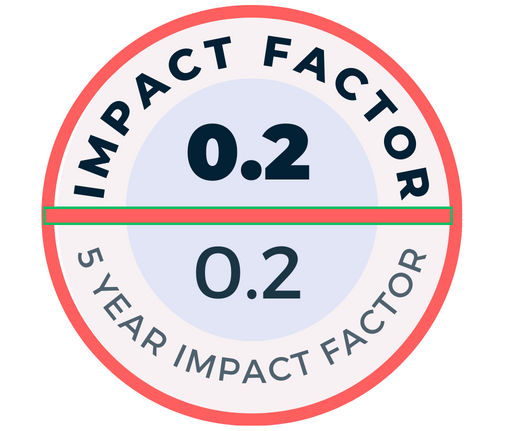Objective: The study aims to draw attention to the bone disease that occurs in the post-transplantation period in renal transplant patients, to investigate the factors that facilitate the formation of bone disease, and to assess the problems that may be associated with bone disease.
Methods: In addition to routine biochemical parameters, hormone tests and bone mineral density were measured in 85 patients who underwent renal transplantation. Total steroid dose (milligrams) of all patients until the dual-energy X-ray absorptiometry measurement was calculated. The patients were divided into 3 groups as normal, osteopenia, and osteoporosis according to the T score based on World Health Organization criteria.
Results: The mean age of the patients was 47.29 ± 13.32 years, and 59 (69.4%) patients were male. Transplantation time (Tx time) was statistically significantly higher in osteoporosis patients than in both the normal bone mineral density and osteopenia groups (P = .020). The mean total steroid dose of the patients in the osteoporosis group was higher than the patients in the normal bone mineral density group (P = .044). But when transplantation time (Tx time) was used as a covariate variable in analysis of variance, this difference among the bone mineral density groups was not statistically significant (P = .238). Alkaline phosphatase was statistically significantly higher in osteoporosis patients (P = .016). The 25-hydroxy vitamin D level of the patients in the osteoporosis group was statistically lower than in the normal bone mineral density group (P = .029).
Conclusion: Low 25-hydroxy vitamin D level, high alkaline phosphatase, and menopause are the risk factors for osteoporosis in renal transplant patients.
Cite this article as: Karataş A, Çanakçı E, Erdem E, Kasko Arıcı Y, Kaya M. Osteoporosis and associated factors in renal transplant patients. Turk J Nephrol. 2022;31(1):66-73.

.png)




.png)